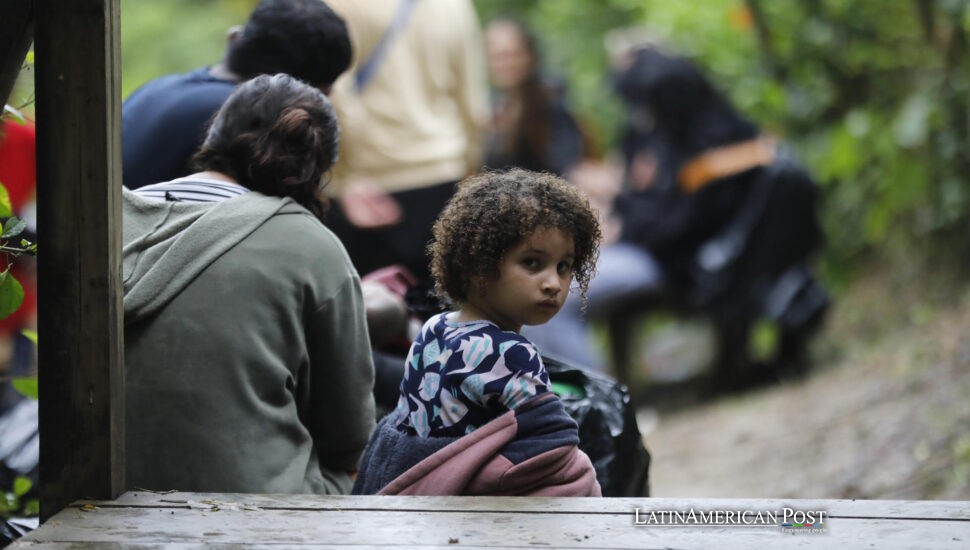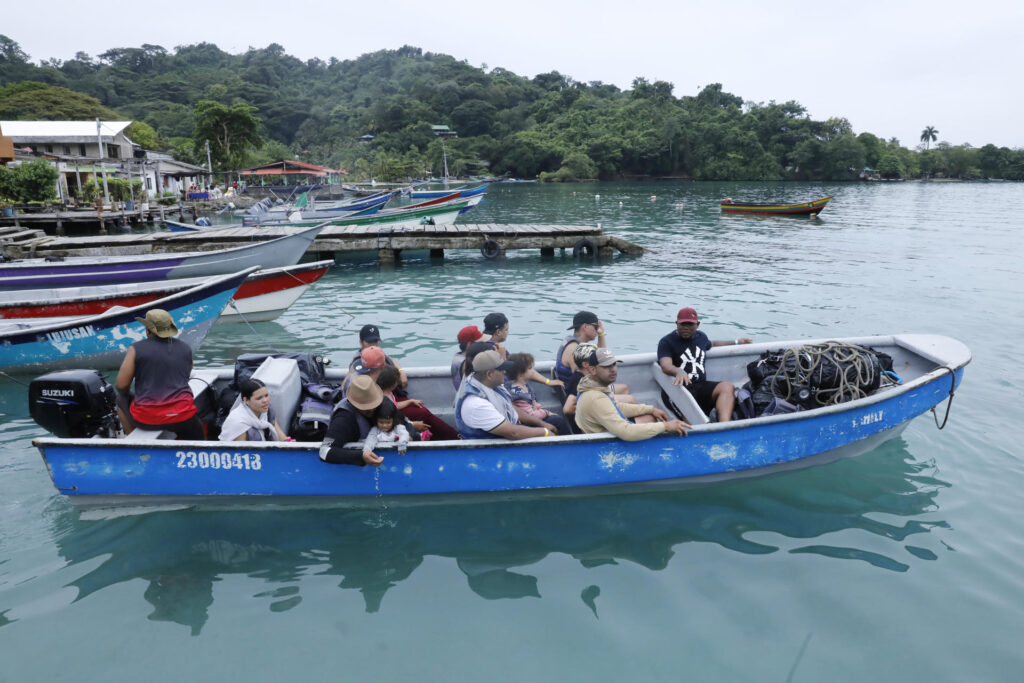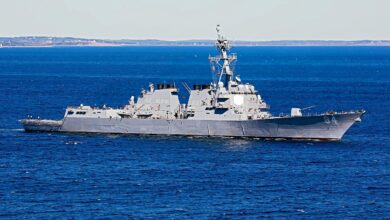Southbound on the Caribbean: Colombia Confronts Migration in Reverse

Boats that once carried migrants north now ferry them south. Since Washington’s January crackdown, thousands of Venezuelans are retracing their steps through Colombia’s Caribbean, where tiny towns juggle tourism with the task of shepherding exhausted families back toward home.
Boats Point South
They climb aboard in groups of twelve, clutching children to their chests, sealing their belongings in black plastic to keep out the salt spray. In Colombia’s Caribbean corner, where jungle collides with turquoise water, the flow of migration has reversed.
Eighteen-year-old Josué Vargas is among them. He left Venezuela more than a year ago, walked across seven countries, and reached Mexico City to apply for asylum through the CBP One app. In January, that door slammed shut: Donald Trump, back in the White House, killed the program on day one and launched a crackdown that left thousands stranded.
Out of money, out of options, Vargas turned south in August. His new goal was modest—Bogotá, where his family runs a small business. “It was torture, I don’t recommend it to anyone,” he told EFE about his trek north through the Darién Gap. “Many dead, injured people, going hungry.”
Since the U.S. policy shift, the United Nations estimates more than 14,000 migrants, mostly Venezuelans, have chosen the return route, a phenomenon locals now call the “reverse flow.” The Darién is no longer their passage: Panama has tightened enforcement, and families unwilling to risk the jungle are crowding into boats instead.
A Shortcut Around Darién
Migrants like Vargas now mix bus rides with long marches until they reach Panama’s coast. There, they bag their gear, pay hundreds of dollars, and climb into open skiffs that skirt the Darién’s rainforest edge along rough surf.
The risks remain lethal. In February, an eight-year-old Venezuelan girl drowned when her boat capsized in Panamanian waters. Some groups swing wide by the Pacific toward Buenaventura. Most, like Vargas’s party, hop cove to cove along the Caribbean until reaching La Miel, a final crescent of white sand before the Colombian border.
EFE reporters watched dozens disembark at La Miel, soldiers escorting them single file up a slick stairway cut into the cliffs. Twenty minutes later, the path descends into Sapzurro, a Colombian hamlet of 570 residents accessible only by foot or sea. For migrants, it is their first breath of Colombia on the return trip. For locals, it is a new balancing act.
Sapzurro’s Balancing Act
Sapzurro belongs to Acandí, in Chocó, one of Colombia’s poorest departments. Its people depend on tourism—quiet coves, mangroves, and empty beaches. Reverse migration brings anywhere from 50 to 150 migrants a day, so residents have built a routine to keep order.
At the stairway, a woman counts heads—”twenty-three”—and records them in a notebook. Families wait in silence, children kicking stones. A guide arrives and threads them through the village’s dirt grid of four streets, past wooden hostales and cafés where tourists sip beer and fried fish only meters from the migrant line.
Enio Zúñiga, a sailor in his sixties and head of the local community board, calls Sapzurro’s bay the town’s “treasure.” He says helping migrants pass quickly is a duty: “We can’t refuse migration; we’re on the border. We can’t reject them because they’re neighbors, most of them Venezuelans.”
That position has not been easy. In April, Sapzurro’s boatmen ferried migrants to nearby Capurganá; Colombian marines pursued them and even fired shots, Zúñiga told EFE. He rang the church bell, called a town meeting, and hammered out an agreement with authorities: locals may continue transporting migrants if they guarantee safety and charge only for fuel, avoiding overloads. The compromise protects tourism by preventing crowds from lingering while showing solidarity with travelers who share the same sea and language.

Back to the Beginning
From Sapzurro, Vargas boarded another skiff bound for Capurganá, then a larger boat across the Gulf of Urabá to Necoclí—the same port where so many northbound journeys began. For him, the circle was closing. “It was the tragedy,” he said. His mother, still in Mexico trying to secure a passport, will fly directly to Bogotá. She refused to repeat the ordeal.
Vargas does not rule out trying again “if in three or four years it’s possible to enter the United States normally.” For now, he is part of a tide running south, rerouted by U.S. policy, Panamanian enforcement, and fear of the jungle.
Along Colombia’s northern coast, small towns like Sapzurro have improvised protocols to cope: move migrants through swiftly, keep beaches calm for visitors, and charge only honest fares. The human stakes are constant—families who cannot risk the Darién stack into boats, handing their fate to strangers with outboard motors; communities juggle survival of their own economy with empathy for neighbors in flight.
Also Read: Ecuador’s Posorja Port Becomes Europe’s Cocaine Doorway Despite Scanners
The Caribbean still glitters like a travel poster. Children on Sapzurro’s pier look out at the sea, while parents count bills and bags. From La Miel’s shallow surf to Necoclí’s bustling docks, Colombia has once again become a road of return—proof that in migration, as in the tides, direction can change in an instant.




